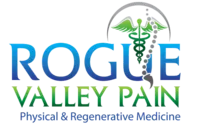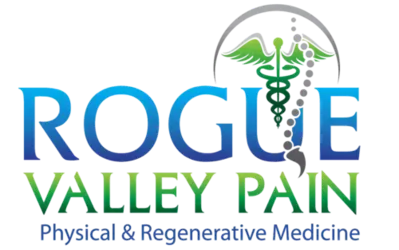Prolotherapy
Prolotherapy is a non-surgical treatment that involves injecting a tissue-cycling solution into non-healing or painful soft tissue structures. Utilizing various solutions and needle-based techniques, sometimes with the aid of ultrasound guidance, prolotherapy creates a specific "intelligent injury." This involves injecting a substance (often a solution containing dextrose or other irritants) into ligaments, tendons, or joints to stimulate the body's natural healing response. The goal is to promote tissue repair and strengthen the affected area, particularly for chronic musculoskeletal conditions, such as joint instability or ligament laxity.By inducing an inflammatory response, the body's natural healing process is stimulated, potentially leading to targeted tissue repair. Recent studies have reported a high success rate, ranging from 80% to 95%, in treating spinal, tendon, ligament, and joint pain.
How Does It Work?
Prolotherapy, short for "proliferative therapy," involves the injection of an irritant solution into the affected area, typically in or around joints, to trigger an inflammatory response. This inflammation promotes tissue repair and regeneration.
Here's how prolotherapy works:
- Assessment: Before administering prolotherapy, a medical professional will assess the patient's condition to determine if it's an appropriate treatment. Prolotherapy is commonly used to treat joint pain, ligament laxity, and tendon injuries, among other musculoskeletal issues.
- Injection: During the prolotherapy procedure, a solution is injected into the affected area. The solution usually contains a mix of natural substances such as dextrose (a form of sugar), lidocaine (a local anesthetic), and sometimes other components like glycerin or saline.
- Inflammatory Response: The irritant solution triggers a controlled inflammatory response in the treated area. This inflammation encourages the body's immune system to send healing cells, growth factors, and cytokines to the injured tissues.
- Tissue Repair: The influx of healing substances stimulates the production of collagen and other proteins, which help to strengthen and repair the damaged connective tissues, including ligaments and tendons.
- Pain Relief: As the tissues heal and become stronger, they can better support the affected joint or area, reducing pain and improving overall joint stability.
- Multiple Sessions: Prolotherapy is typically performed in a series of sessions, usually spread over several weeks or months. The number of sessions required can vary depending on the severity of the injury and the individual's response to treatment.
Prolotherapy is generally considered safe. But, it may not be suitable for everyone, and potential risks and benefits will be discussed at your consultation before proceeding with treatment.
Additionally, like any medical intervention, prolotherapy's effectiveness can vary from person to person, and results may not be guaranteed for all individuals. Other treatment options, such as physical therapy or surgery, may also be considered based on the specific condition and its severity.
What Does Prolotherapy Help?
Prolotherapy can benefit the following conditions:
- Rotator cuff injuries
- Tennis/golfer's elbow
- Osteoarthritis
- Sacroiliac joint pain
- Lateral hip pain - "bursitis"
- Ligament sprains
- Back and neck pain
- Ankle pain
- Joint instability
- Plantar fasciitis
- Shoulder, knee, and other joint pain
- Partially torn tendons and ligaments
Recovery Time
"The recovery time observed in studies aligns with the healing curve of connective tissue. While some patients require only a single treatment, others may need several before experiencing improvement. In most cases, significant improvement is seen between two to five months. The interval between treatments is typically three to five weeks, allowing for recovery and a complete inflammatory cycle. The amount of procedural and post-procedural pain varies based on the treated structure, technique, and the patient's pain tolerance," explains John Kafrouni, MD.
Possible Side Effects
As with any treatment, risks and side effects vary depending on the treated area. The most common side effect is experiencing increased pain for one to seven days after a treatment session, often accompanied by mild swelling. While extremely rare, local injury to a nerve or other structures is a possibility with any injection.


